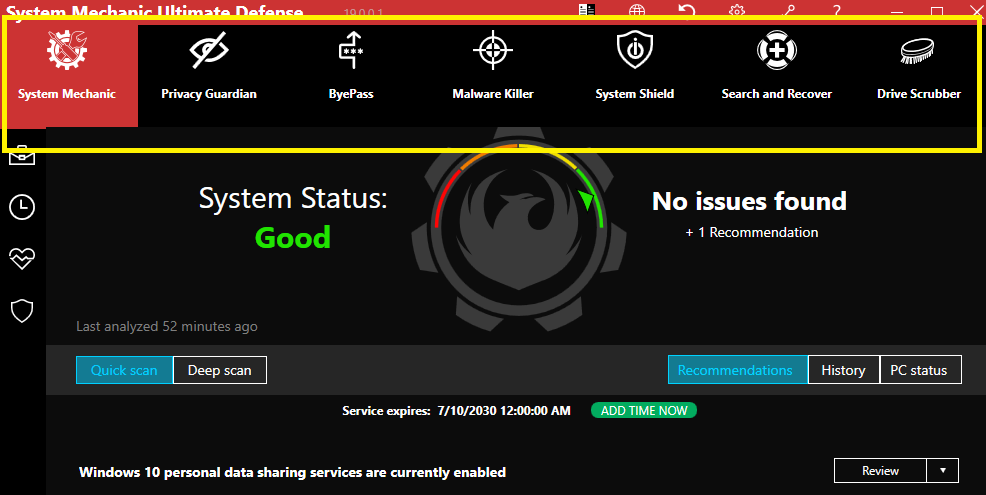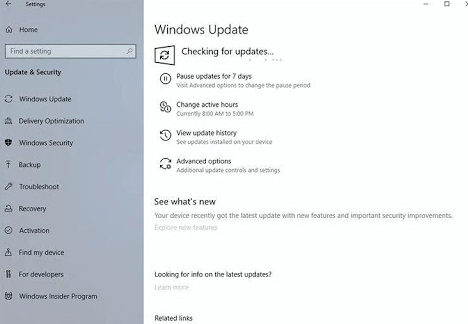In today’s competitive digital landscape, law firms need every advantage they can get to rank higher in search engine results. One often overlooked yet highly impactful factor in improving SEO is image optimization. While quality legal content is crucial, well-optimized images can boost website performance, enhance user engagement, and contribute significantly to higher rankings on Google. But how exactly can law firms harness the power of image optimization?
Let’s explore the key strategies law firms can implement to ensure their images contribute to a stronger SEO presence.
1. Use Descriptive File Names
Before uploading any image to your law firm’s website, rename the image file with descriptive and relevant keywords. This not only helps search engines understand the image content but also improves your site’s chances of appearing in Google Image Search. For example, instead of IMG12345.jpg, a personal injury attorney could use car-accident-lawyer-los-angeles.jpg.
2. Add Relevant Alt Text
Alt text (alternative text) is essential for both accessibility and SEO. It describes the image content to users who rely on screen readers and helps search engines index your images effectively. Ensure the alt text is concise, accurate, and includes important keywords when relevant, but avoid keyword stuffing.
For instance, if your law firm specializes in business litigation, an alt tag like “experienced business litigation attorney in New York courtroom” can be both descriptive and beneficial for SEO.
3. Choose the Right File Format
The format of your image significantly impacts your website’s load time, which is a known ranking factor. For most legal websites, use:
- JPEG: Best for photos and illustrative images, offering a good balance of quality and file size.
- PNG: Preferred for transparent images or graphics with text and sharper lines.
- WebP: A modern format offering superior compression. If supported, this format is ideal for improving load speed.
4. Compress Images Without Losing Quality
Large image files slow down your website, leading to lower user engagement and decreased ranking. Compressing images reduces file size and improves load times. Tools like TinyPNG, ImageOptim, or built-in WordPress plugins such as Smush help optimize images efficiently while maintaining visual integrity.

5. Create Image Sitemaps
Image sitemaps help search engines find and index the images on your site more effectively. If your website has important visual content, consider creating a separate sitemap or adding image entries to your existing XML sitemap. This increases the likelihood of your images appearing in image-based search results.
6. Use Structured Data (Schema Markup)
Structured data enables search engines to understand the context of your images. For law firms, especially those with attorney profiles and case studies, implementing schema can assign more relevance to the images used with each page. This increases click-through rates from search engines by enhancing snippets.
7. Ensure Mobile Optimization
Google prioritizes mobile-first indexing, so your images must look and perform well on all screen sizes. Use responsive design techniques to ensure your images adjust gracefully on mobile devices without stretching or lowering quality.
8. Incorporate Images Strategically
Images aren’t just visual decoration — they can reinforce your message and make your web content more engaging. Law firms should use images to highlight practice areas, showcase attorneys, and illustrate results or testimonials. However, avoid overloading pages with too many visuals, which could confuse visitors and impair load speed.

9. Name and Optimize Attorney Photos
Attorney bio pages are among the most visited areas on law firm websites. Naming and optimizing these headshots with keyword-rich file names and alt text (e.g., john-doe-personal-injury-lawyer.jpg) can help them appear in searches, boosting both visibility and credibility.
10. Test and Monitor Performance
Lastly, always monitor how your optimized images affect website performance. Use tools like Google PageSpeed Insights or GTMetrix to evaluate load times and look for bottlenecks. Updating outdated image formats or replacing large images can have a significant impact over time.
Conclusion
Optimizing images for SEO offers law firms a powerful yet often underused pathway to enhance their online visibility. From descriptive naming and alt text to faster load times and responsive design, these strategies work together to improve UX and search rankings.
By thoughtfully integrating these image optimization techniques into your legal marketing strategy, you can outshine competitors in search engine results and make a lasting impression on potential clients.





